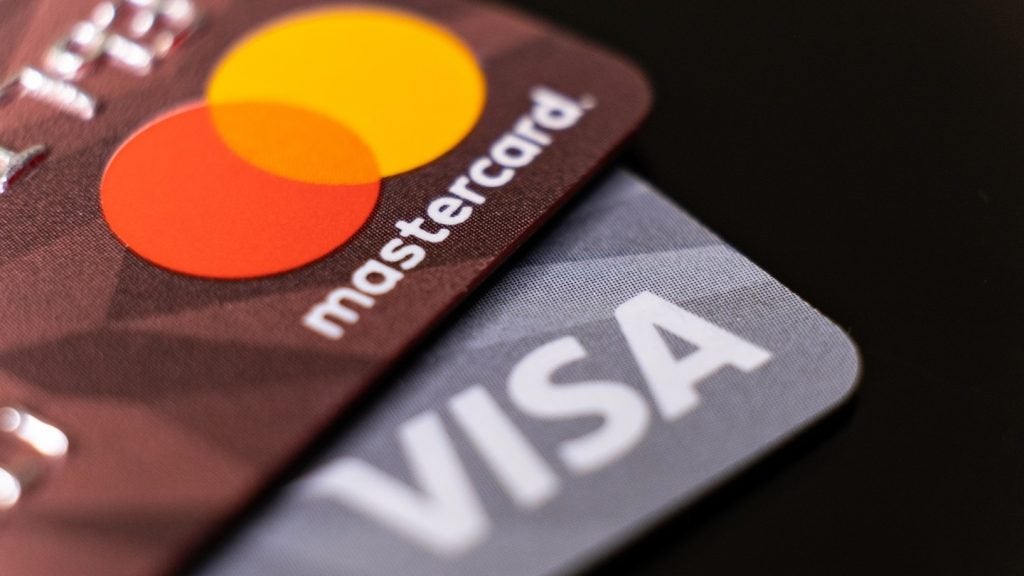Financial Supervisory Commission (FSC) of Taiwan, Taiwan’s local
banks wrote off $4.93 billion worth of bad loans in 2006. A
whopping 70 percent of this, or $3.49 billion, was made up of
non-performing credit card loans. Much of the rest ($1.44 billion)
was made up of non-performing cash card loans. Even though loan
loss provisions grew by an average of 80 percent from 2005 to 2006,
it was not enough to cushion the bad debt levels caused by the
consumer credit crisis that rocked the banking industry in
2006.
Taiwanese consumers took to credit cards like the proverbial duck
to water, as they did not have a legacy cheque culture to
relinquish. As of September 2005, there were 133 cards for every
100 Taiwanese over the age of 15 and each cardholder would
typically have more than four cards in his/her wallet. Platinum
cards were all the rage – Taiwan was then Visa’s biggest customer
in the Asia-Pacific region for the number of platinum cards issued
and the total value charged, and was third globally behind the US
and the UK.

Access deeper industry intelligence
Experience unmatched clarity with a single platform that combines unique data, AI, and human expertise.
However, the Taiwanese issuers did not have a risk management
infrastructure to support their issuance levels and a consumer debt
crisis started unfolding by mid-2005. By the first half of 2006,
the media had a field day reporting on the 520,000 problem debtors
(out of a population of 23 million), whose bad debts averaged
$9,300 per person. American Express stopped issuing cards
altogether out of concern over bad debt levels.
Government intervention
The government had been able to intervene in the previous financial
crisis in 1998, by allowing banks to recategorise distressed debt,
lowering business tax and reserve ratios, and cutting central bank
interest rates. In addition, most of the write-offs were secured on
property, and the revival of the property market supported recovery
of bad debts.
However, in the 2006 consumer credit crisis, the government was
already facing a huge budget deficit and was unable to provide more
subsidies. In addition, calls from the regulators of Taiwanese
banks to merge and scale up had largely gone unheeded by protective
family owners, and many in the market viewed this crisis as a
necessary bitter pill for the banking industry.

US Tariffs are shifting - will you react or anticipate?
Don’t let policy changes catch you off guard. Stay proactive with real-time data and expert analysis.
By GlobalDataInstead of throwing out lifelines, the FSC tightened its
regulations on the credit card industry. Card issuers with a
delinquency ratio of above 8 percent are forced to suspend the
issuance of new cards, and those with loans overdue for more than
six months have to transfer the loans into the non-performing loan
pool within three months. As a result, banks have started
tightening credit policies for unsecured lending and established
credit rating systems.
This proved effective as revolving balances started shrinking in
2006, with unsecured loans declining by 10.8 percent year-on-year
and credit card spending falling by 14 percent from 2005 to 2006 as
consumers were made aware of the pitfalls of being
over-enthusiastic with their cards. The number of cards fell to
20.41 million in 2006 from more than 40 million in 2005. In
addition, many banks wrote off their non-performing loans as credit
card debt peaked in the third quarter of 2005 to cap the
non-performing loan ratio.
With the huge write-offs and provisioning, Taiwan’s 14 financial
holding companies reported combined pre-tax profits of $1.33
billion in 2006, a decline of 62.9 percent from $3.39 billion in
2005. Chinatrust Bank, the largest credit card issuer, plunged into
the red in 2006. Those issuers focused on consumer credit generally
saw their earnings per share plunge to below $0.06.
Recovery on the horizon
However, analysts expect that the consumer credit segment will
revive by the second half of 2007. Delinquency and non-performing
loan levels have declined in 2006, while the bad loan coverage
ratio has been on the up.
According to Tess Wang, an analyst with Yuanta Research: “Several
indicators show the credit and cash card asset quality is back on
track, ie, declining one- to 90-day delinquencies, fewer debt
relief applications, lower unsecured outstanding debt per
application, and 80 percent to 90 percent debt relief repayment
ratios.”
Taishin Bank is already reported to be returning to its pre-crisis
provisioning levels in 2007. Foreign players are also increasingly
interested in banks in Taiwan; several deals were announced in
2006, which may push the island’s 43 banks closer to hoped-for
consolidation. The hard stance taken by the regulators and the
banks has seen the industry through a very rough 2006.
Titien Ahmad







